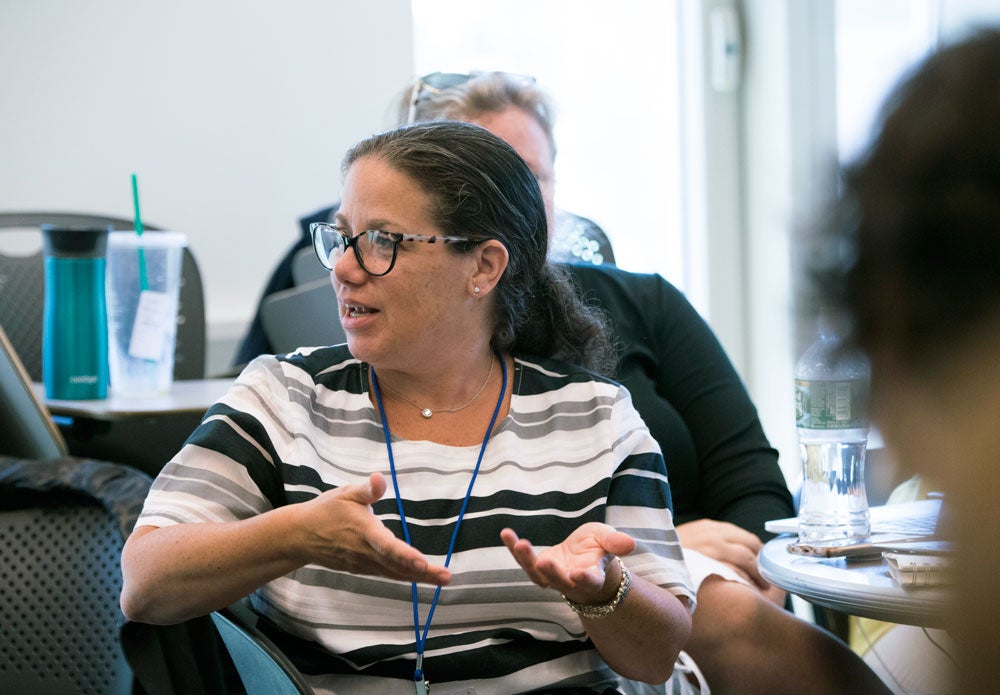
June 2019
Faculty Resource Network (FRN)
Summer Seminar
NYU
Over 40 years ago, NYU created the FRN to promote work in faculty development. NYU has created a network with schools in the greater New York area, and beyond, which have a high fraction of students who are underserved and/or from underrepresented populations.
One of the FRN activities is the Summer Seminar program, which brings a few hundreds of faculty members from these partner institutions into Manhattan for a weeklong program of faculty-led seminars. NYU professors are not the only seminar leaders, and I have been invited to do one of these a few times, now.
For 2019, I did a week on promoting the development of self-regulated learners. Each day, I front-loaded the agenda with an hour-long presentation followed by a Q/A/discussion. Then on three of the days, the groups were prompted with some discussion points to talk about at their tables for the rest of the morning. In the early afternoon, the tables reported out from their conversations with enough time for group discussion. Then I invited two of the participants to give a 30-minute presentation on a teaching activity from their own practice that they thought was effective and potentially generally interesting.
The participants were drawn from diverse settings and specializations, from graduate medical education to preparing teachers to be instructors of English as a second language.
Monday: A Case for Self-Regulated Learning for Students and Instructors
Tuesday: A Case Against the Way Evidence-Based Practices are Defined and Implemented
Wednesday: Student-Generated Instructional Materials (afternoon: creating video explanations)
Thursday: Teaching as a Performance Art
Friday: Negotiated Consensus (afternoon: open discussion)
In earlier times, intelligence was seen as intrinsic, stable, and transferable between tasks. You could be assessed as a genius as a kid (it is intrinsic), and you would then grow up to be a genius (it is stable), and whatever you worked on you would be good at (it is transferable).
The cognitive revolution in the 1960s started to demolish these ideas, and we are currently in the cognitive-contextual era of understanding intelligence, where a fully balanced view of nature and nurture operates. Talent is more derived from a combination of character (as a person, as a learner, as a leader, as a creator) and context.
Teaching and learning resources are the same. A tool is a tool, more or less neutral, and whose effect depends on the context in which it is used as well as how it is used. Learning how to select a tool and how you use it depends on your experience and your understanding about it, your ability to implement it and match it to your needs. Teaching strategies have all the same features. Even the much-maligned straw man of higher education, the lecture, is something that can be used well or used badly.
There are no magic bullets: the poor use of a method should never be confused with the use of a poor method.
During the week, my participants thought about the way that providing a diverse set of learning resources for students, along with both guidance and with free choice, can promote the development of self-regulation… and they also saw the sub-text, that the same thing held for them as instructors.







